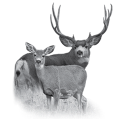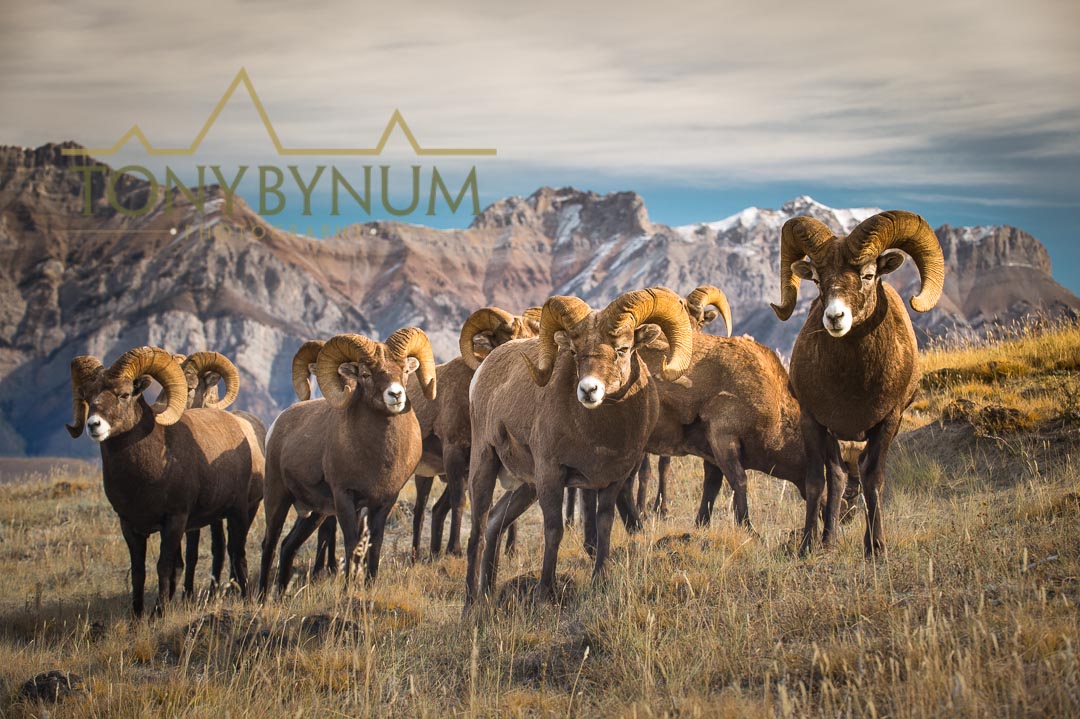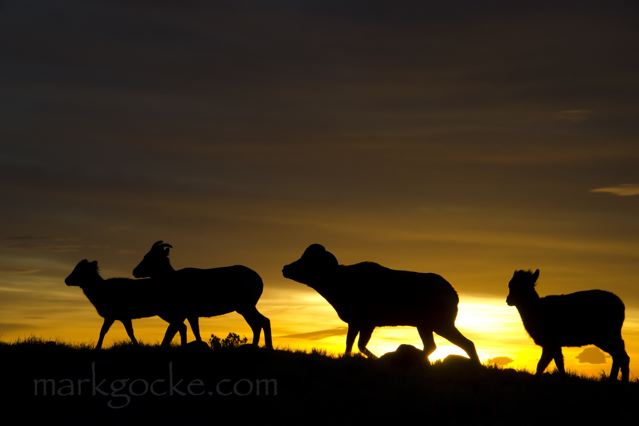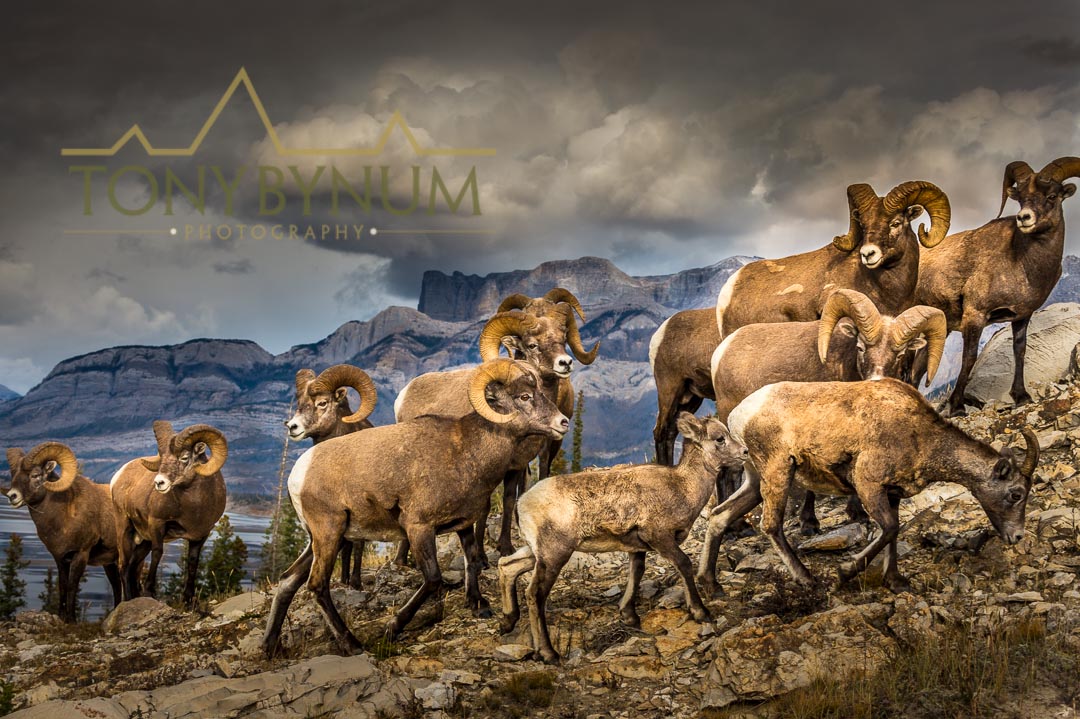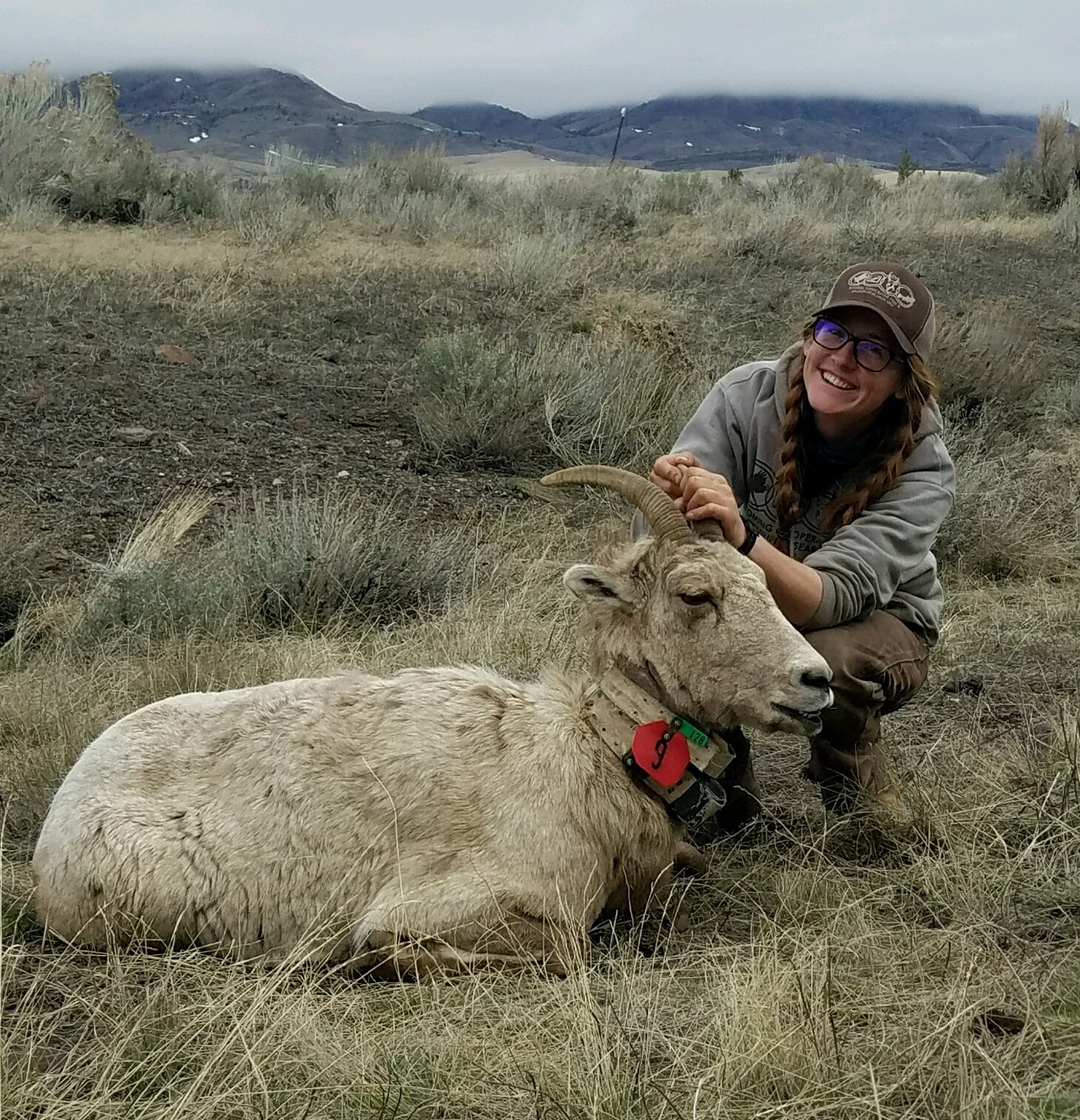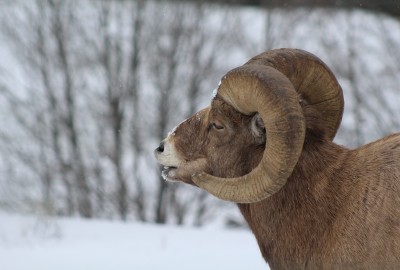 Factors influencing trends in the size of horn-like structures (i.e., antlers, horns, and pronghorns) of North American ungulates is a controversial topic, with varied sociological and biological implications. Recent studies on trends in horn and antler size in trophy ungulates in North America have revealed almost universal, yet subtle declines in horn and antler size over the past century. Understanding these trends, and the factors that influence them is not only important in understanding the growth and ecology of ungulates, but also an important issue for wildlife management.
Factors influencing trends in the size of horn-like structures (i.e., antlers, horns, and pronghorns) of North American ungulates is a controversial topic, with varied sociological and biological implications. Recent studies on trends in horn and antler size in trophy ungulates in North America have revealed almost universal, yet subtle declines in horn and antler size over the past century. Understanding these trends, and the factors that influence them is not only important in understanding the growth and ecology of ungulates, but also an important issue for wildlife management.
Horn size has important biological implications; size is heritable and positively influences reproductive success. Although there are others, there are 3 primary factors that influence horn size: age; nutrition; and genetics. Growth rate of horns decreases with age, but horn size increases because horns are not shed annually and continue to grow throughout an individual’s lifetime. Horns are energetically costly to produce and maintain, and when forage quality or quantity is poor, individuals often allocate a greater amount of their energy to the growth and maintenance of other tissues, sacrificing investment in horn growth. Finally, genetics play an important role in determining horn size, and can influence the overall size and symmetry of horns.
Sociologically, horn size also holds aesthetic value to both hunters and recreationists. Hunters and hunter conservation organizations are the foundation of the North American Model of Wildlife Management. The desire to harvest males with large horns is common among North American hunters, which has created concern as to whether harvest of trophy animals influences horn size among populations through time. The inherent sociological and biological importance of horn-like structures makes identifying temporal trends and the underlying factors influencing them important in the management of ungulates.
Our goal is to identify and understand temporal trends in horn size of Rocky Mountain bighorn (Ovis canadensis canadensis), desert bighorn (Ovis canadensis nelsoni), and northern thinhorn sheep (Ovis dalli) throughout western North America. Wildlife agencies routinely collect data on size and age of harvested sheep, thereby yielding valuable datasets. The long-term harvest records of bighorn and thinhorn sheep maintained by wildlife agencies have yet to be synthesized and analyzed in a consistent fashion; therefore, our effort will seek synthesize those records and evaluate factors responsible for any underlying trends in size, with specific relevance to climate, harvest practices, and population characteristics.
Addressing questions associated with selective harvest can be difficult, however, because changes to horn and antler sizes in response to harvest can take decades to manifest, age and nutrition can override genetic contributions. Using harvest data collected from wildlife agencies across North America, we will evaluate the following hypotheses:

Demographic Shift Hypothesis – Through intensive removal of males in a population, there will be a shift in the overall age structure of the population through time. Younger males will become more common than older males, and the mean age of the harvested males will decrease through time as a result.
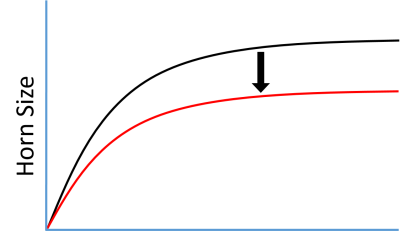
Selective Harvest Hypothesis – Harvest that selects fast growing and large horned males will cause a genetically based reduction in horn size. Over time, males with faster growing horns will be removed from the population, and the males that remain will have slower growing and smaller horns.
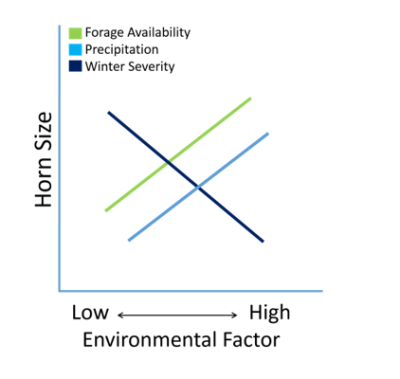
Environmental Effects Hypothesis – Environmental conditions during life will influence horn size of males. Forage availability, precipitation and winter severity all influence the nutritional condition of an animal. Males that experience poor nutritional conditions (lower precipitation, lower forage availability and higher winter severity) will have smaller horns than males that experience better nutritional condition.
The biological and sociological importance of horns makes understanding trends in their size over time, as well as the factors that influence them, crucial to the continued persistence of trophy animals through time. Understanding these trends will help to shed light on how harvest and changing climates may play a role on horn and antler size through time, as well as shape future management decisions to maintain healthy populations of mountain sheep.
Gallery
Reports & Publications
LaSharr, T., R. Long, J. Heffelfinger, R. T. Bowyer, V. Bleich, P. Krausman, J. Shannon, R. Klaver, C. E. Brewer, M. Cox, A. A. Holland, C. P. Lehman, J. D. Muir, B. Sterling, and K. Monteith. 2019. Horn size and mountain sheep: do current harvest practices affect horn growth? In press. Evolutionary Applications.
LaSharr, T., R. Long, J. Heffelfinger, R. T. Bowyer, V. Bleich, P. Krausman, J. Shannon, E. Rominger, C. Lehman, M. Cox, and K. Monteith. 2019. Biological relevance of antler, horn, and pronghorn size in records programs. In press. Journal of Mammalogy.
Contact
Tayler LaSharr, MS student
Wyoming Cooperative Fish & Wildlife Research Unit
University of Wyoming, Dept 3166
1000 E. University Ave.
Laramie, WY 82071
[email protected]
cell: (480) 274 4873
Kevin Monteith, Assistant Professor
Haub School of Environment and Natural Resources
Wyoming Cooperative Fish and Wildlife Research Unit
University of Wyoming
804 E Fremont Street
Laramie, WY 82072
[email protected]
Ryan Long, Assistant Professor
Department of Fish and Wildlife Sciences
University of Idaho
875 Perimeter Drive, MS 1133
Moscow, ID 83844
[email protected]
Project Lead
Tayler is a graduate student in the Wyoming Cooperative Fish and Wildlife Research Unit. Her research is focused on how variability and severity of environmental conditions influence population dynamics of mule deer.
Timeline
This project began in August of 2015, and is expected to be completed in Spring 2018. Collaboration with state and provincial agencies began in fall of 2015, to collect and synthesize state and provincial harvest data for mountain sheep throughout their range. After data manipulation and cleaning, analyses will begin in the 2016 – 2017 academic year. The final year of the project will be devoted to dissemination of results through peer-reviewed journals, popular articles and presentations at scientific conferences.
Funding & Partners
National Wild Sheep Foundation · Wyoming Wild Sheep Foundation · California Wild Sheep Foundation · Wyoming Governor’s Big Game License Coalition · Utah Division of Wildlife Resources · Alberta Wild Sheep Foundation · Arizona Desert Bighorn Sheep Society · Iowa Foundation of North American Wild Sheep · Utah Foundation of North American Wild Sheep


